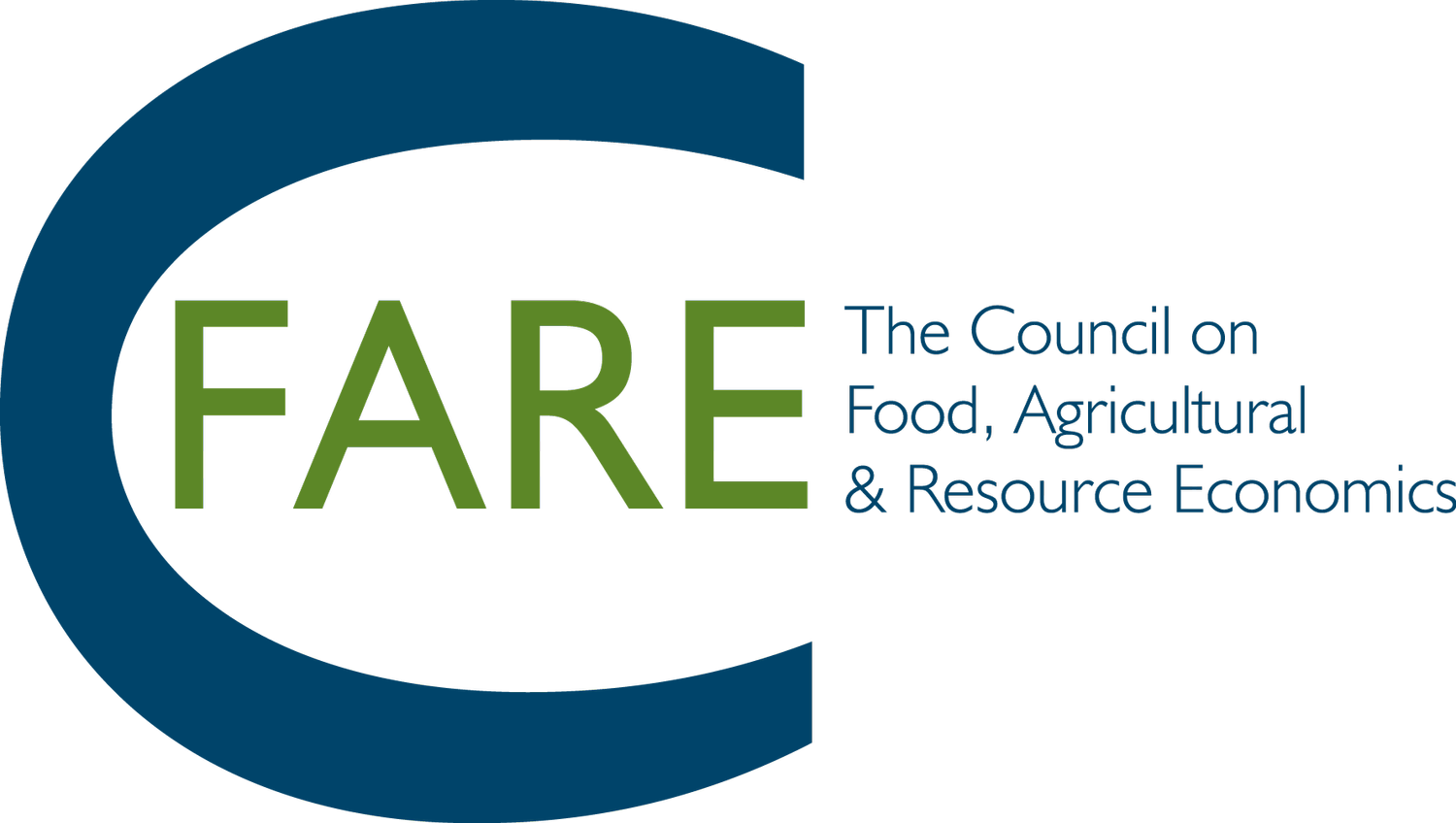The Post-Pandemic Inflation, Supply chain Disruptions, and Businesses
Op-Ed by Gal Hochman, C-FARE Board Chair, Rutgers University
The consumer price index, an index measuring the overall change in the price of a basket of goods and services, rose by 7.1% during the twelve months leading to January 2022. Since then, inflation increased further reaching higher levels in the following months. The spike in energy prices led Yara, a Norwegian fertilizer leader, to limit operations at two of its facilities due to the price of natural gas. The double-digit increase of agricultural commodity prices led to many food and beverage companies to face huge increases in costs, with the increase in wages only further fueling the rise in food prices. So to contain inflation, central banks increase interest rates to dampen demand. Since the pandemic, interest rates increased at historical rates, with the latest interest-rate hike in the US increasing by 0.75-percentage-points on November 2nd.
Besides, the pandemic also caused consumption to shift from services to manufacturing goods. IMF traces, globally, up to 40 percent of the supply constraints in manufacturing to shutdowns, suggesting only transient effects of supply chain disruptions on inflation. Similarly, severe weather hindered microchip and auto output in 2021. Other factors leading to supply constraints, labor shortages and aging infrastructure, may however yield more persistent effects on supply and inflation than shutdowns.
Regulatory measures should target supply bottlenecks directly, when possible, alleviating labor shortages and streamlining the flow of products. Fiscal measures should also be deployed actively, albeit should be well targeted to prevent becoming an inflationary source. Although it is important to preserve jobs over the long-run, for example protecting and expanding the skills-intensive manufacturing jobs that are affected by intermediate input shortages. It is also essential to remove obstacles to work and educating workers in newly needed skills. As these measures become more successful in alleviating supply bottlenecks, the lesser will the need of central banks to mitigate demand and economic growth to keep inflation under control.
Nevertheless, the likeliness of prolonged supply bottlenecks challenges monetary authorities: How to sustain a recovery and ensuring output catches up with its pre-pandemic trend, while not allowing wages and prices to spiral upward out of control. It is crucial to secure sufficiently low stable inflation expectations, including those caused from supply disruptions and surging energy and food prices.
Never let a crisis go to waste! Business and companies respond to this crisis, in innovative and creative ways. Although the current uncertainty is unprecedented, we observe throughout the existing supply chains changes, targeted at making supply more resilient and less vulnerable to price fluctuations. For example, retailers globally refuse to increase prices and meet the price of imports. Instead, businesses introduce in-house alternatives and refuse to sell imported products at a premium. Business leaders, globally, are changing the contractual environment, making their supply chains more resilient to price uncertainty.

